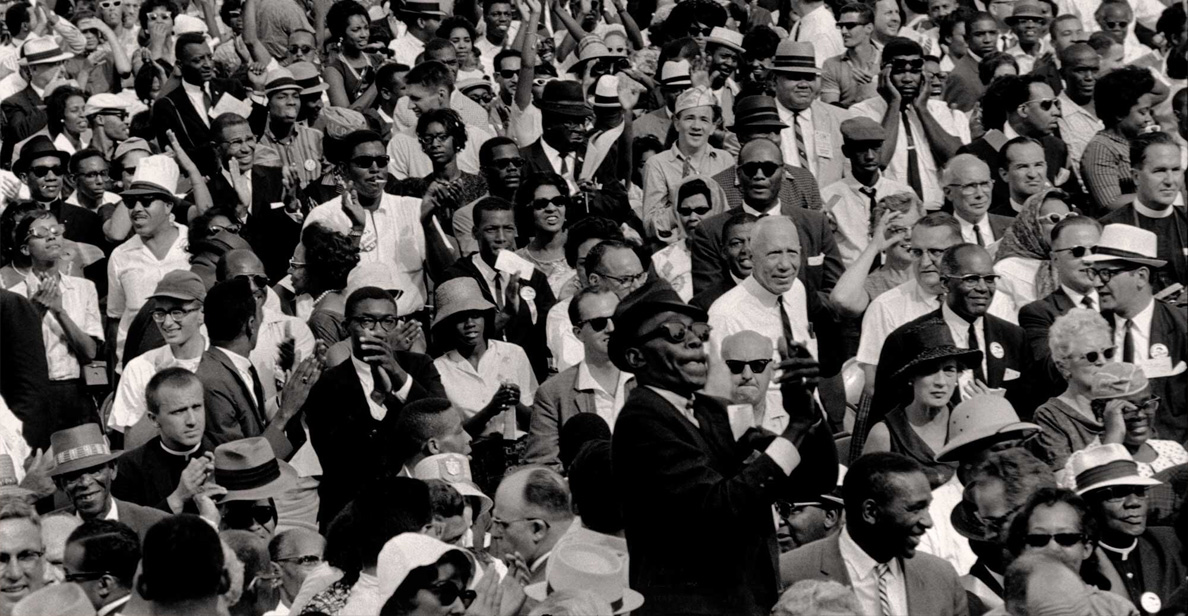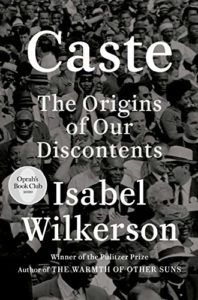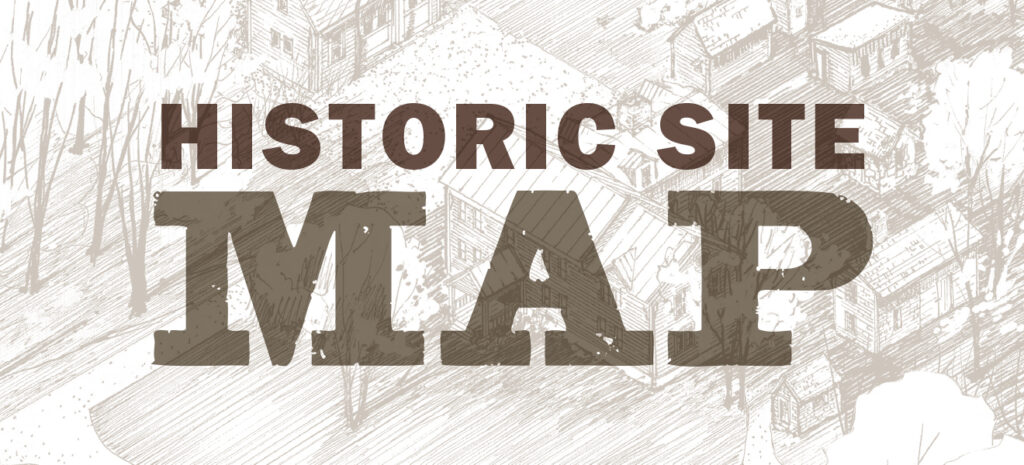Book Review: Isabel Wilkerson’s “Caste: The Origins of Our Discontent”

by Richard Bernstein, M.D., Rokeby Museum Trustee
“…Wilkerson pries open the lid on this country’s racism and exposes the underlying truth—that from the beginning, America has created a caste society, Whites on the top, those of African descent on the bottom.”
Isabel Wilkerson’s 2010 work, The Warmth of Other Suns, was an extensively researched and beautifully narrated account of the Great Migration of 1915–1970, which saw nearly 6 million people of color escape the poverty and racial injustice of the South for the promise of better lives in the North only to encounter the same racism and limited opportunities, and sometimes the same overt brutality, in their new homes. Her book introduced many to the largest migration of modern times and a little remarked phenomenon of the twentieth century.

In her latest book, Caste: The Origin of our Discontents, Wilkerson pries open the lid on this country’s racism and exposes the underlying truth—that from the beginning, America has created a caste society, Whites on the top, those of African descent on the bottom. This rigid structure has endured from seventeenth-century Virginia to the present, and it allows those in the dominant caste to deny racist tendencies while supporting a social structure that benefits them to the detriment of those of the lower caste.
Wilkerson defines casteism and distinguishes it from racism. “Any action or institution that mocks, harms, assumes, or attaches inferiority or stereotype on the basis of the social construct of race can be considered racism. Any action or structure that seeks to limit, hold back, or put someone in a defined ranking or seeks to keep someone in their place by elevating or denigrating that person on the basis of their perceived category, can be considered casteism.” In addition to the caste system of the U.S., she describes the world’s oldest caste system, that of Hindu India, and the newest and shortest-lived, that of Nazi Germany.
Wilkerson shows how upper castes reinforce their dominance of lower castes through violence that instills terror and reinforces servility. In horrifying detail, she attaches victims’ names to those lynched by White mobs, those whipped by White enslavers, and those subjected to other acts of violence in post-Reconstruction America. She describes how as the Nazis were coming to power in 1934, they looked at the Jim Crow South seeking models to guide them to a society of Aryan supremacy and racial purity. They adopted the American definition of what constituted Black to decide what constituted Jewish—1/16th Jewish. However, she writes, “[w]ith restrictions and separate facilities in America, some Nazi officials thought the U.S. had gone overboard… [And] one drop of Negro Blood [the standard in some southern states] was too harsh even for the Nazis.” The fact that the light-skinned people with a “drop of Negro blood” reached back to the rape of slaves by White plantation owners does not escape Wilkerson’s notice.
In contemporary times, aside from state-sanctioned police violence and the legal system that incarcerates Black males at an alarming rate, terror tactics to maintain the caste system are less prevalent, but Wilkerson describes how Whites are persuaded of their dominant status. “Whites are surrounded by images of themselves, from cereal commercials to sitcoms, as deserving, hardworking, and superior in most aspects of American life.” She notes that only 22% of Black people are poor and makeup only 27% of poor people in America. Yet 59% of poor people shown in the news are African-Americans. And whereas only 10% of crimes involve a Black perpetrator and White victim, these comprise 42% of crimes shown on TV. These images have created in Whites what sociologists call unconscious bias. According to Wilkerson, “By adulthood, most Americans have been exposed to a culture with enough negative messages about African-Americans and other marginalized groups that 80 percent of White Americans hold an unconscious bias against Black Americans that lead to disparities in housing, hiring, and medical treatment.”
Monuments to the slave era and those who fought to perpetuate slavery abound in both the North and the South. Roads, schools, and other public buildings, named for military and public figures of the Lost Cause of the Confederacy, are more common than we’d like to think. Especially in the South, Confederate statues, erected during the early twentieth century, are outside courthouses and in other public spaces as unspoken reminders to African-Americans of their place in the system. Wilkerson describes a time she spent in Germany doing research for the book. There she found public monuments to those who suffered at the hands of the Nazis. Nowhere did she find a monument to Nazis themselves. The bunker where Hitler died is unceremoniously paved over, unmarked, and covered by a parking lot.
Parallels to the current political situation in America weave through the narrative. Wilkerson introduces the concept of cultural narcissism, which she defines as “a complex condition of self-aggrandizing entitlement and disregard for others growing out of hollow insecurity.” She describes Images of a million German citizens cheering Hitler, saluting, and waving Nazi flags, and she talks about Whites gathering at picnics to see the torture and lynching of Blacks in the twentieth-century south. She opines that these are not all evil people, but, caught up in “the euphoria of hate,” they chillingly allowed and participated in dehumanizing, sadistic, and unspeakably brutal acts of violence on fellow human beings who were members of the under caste.
Wilkerson also answers a question that arises in liberal minds when conservatives emerge successful in elections. “Why are people voting against their own interests, willing to elect right-wing oligarchs, forgo health insurance, risk contamination of the water and air? What had not been considered is the people voting this way were, in fact, voting their interest. Maintaining a caste system as it had always been was in their interest.” Here the uncomfortable fact remains: Under the caste system that exists in America, the lowest Whites feel themselves to be above the highest Blacks. No matter how degraded a White person may be, “he can never become Black.” The caste system offers Whites some solace in a stressful world. This dreadfully misplaced need for solace, in Wilkerson’s view, accounts for the Democratic Party’s failure to gain the majority of White votes in every Presidential election since the Civil Rights Act was passed in 1964.
Problems arise when Blacks advance. According to Wilkerson, Whites do not fear Black failure. On the contrary, they expect it. What they cannot countenance is a Black success, the idea that Blacks can rise above their caste. Imagine, then, the effects of the Obama presidency and the growing realization that by 2042 the majority of Americans will be people of color. Sad, but of little wonder, is the backlash that has ensued.
One might question the mental health of individuals that measure their satisfaction and self-worth by the degree they can feel superior to those they oppress, and the caste system is unhealthy in other ways as well. Wilkerson notes that “Whites with high levels of internal prejudice experience increased stress levels when having to interact with minority people. Lower class Whites have higher levels of stress than those in the upper class. Conversely, higher class Blacks, trying to meet elevated expectations but running up against the fixed boundaries of the lower caste they occupy, have higher stress levels than lower-class Blacks. Increased stress raises the incidence of hypertension, heart disease, and lowers life expectancy. Indeed, the death rate, from suicide, alcoholism, and drug addiction among White working-class people has been rising at an alarming rate in recent years.
Caste is a deeply troubling book, the arguments profound, the images heart-rending, the writing too good to put down. White folks with any empathy will be terribly and rightly discomfited. We should act. Wilkerson maintains that only the members of the dominant caste can dismantle the system. She talks about Albert Einstein, escaping the Nazis to settle in this country. Seeing through his caste privilege, aware of where casteism and racism had led his own country, he became a strong voice for racial justice.
Wilkerson has some hope to offer by the end. She relates a personal story of an encounter with a MAGA-hatted plumber who arrived at her house to investigate a water leak in her cellar. Initially, their meeting was tense. He seemed aloof and determined not to help. Finally, she was able to engage him. They shared stories of recent experiences of loss and began to see each other not as symbols but as people. The wall between them came down.
This individual act of rapprochement is not the answer to the problem of caste writ large, but maybe we’re better than we seem. Appreciating Isabel Wilkerson’s book is a key step in the truth commission that needs to happen in this country, the sooner the better.
You can find Caste and The Warmth of Other Suns at Rokeby Museum, as well as other titles on the theme of social justice and history.

Richard Bernstein, M.D., is a family physician, practicing in Charlotte until his retirement in 2013. During his active years, he came to see the art of medicine as a communication between two people. The secret of success in the healing encounter was based on the ability to see the other as a person, an equal, to listen fully, and to communicate without pre-judgement. Upon retirement, he joined the staff of Rokeby Museum as a volunteer guide, then as a member of the board of trustees. He embraces the social justice mission of the museum as a continuation of his medical work.
 Rokeby Museum
Rokeby Museum





